The reason why dogs need timeout is because they don't naturally understand human language.
If you want to give consequences or correction for a specific dog behavior, you must speak a language your dog totally understands.

And that’s where timeouts come in.
The thing about timeout for dogs is that it's so simple. And because it's so simple, it's also so easy to overcomplicate and done wrong.
Some dog owners don't tap into the power of using timeouts to correct behavior. Some also fail to apply it effectively, leaving dogs to miss the significance of their actions' consequences.
As a top dog trainer who swears by timeouts, I'm here to tell you that if you're training your dog, timeout is something you should NEVER overlook or toss aside.
Read on to know more.
Key Takeaways
- Unlike shouting or using force, timeouts provide a clear, non-violent message to dogs that their behavior is unacceptable. It offers a direct and consistent response, teaching dogs that their actions have consequences.
- Dogs, like humans, learn from consequences. Timeout serves as a powerful consequence, indicating that certain behaviors are not acceptable. Gentle consistency is key, avoiding the need for force or intimidation.
- Combining attention and love when deserved with timeouts for correction helps dogs understand both rewards and consequences. The key to an effective timeout lies in maintaining calm consistency and ensuring control during and after the timeout, reinforcing your role as a reliable leader.
JOIN MY FREE REACTIVITY CLASS
Table of Contents
- Dogs Need Timeout: The Number One Mistake Dog Owners Do When Correcting Negative Behavior
- Why Dogs Need Timeout: Why a Timeout Is An Effective Way of Disciplining Dogs
- Why Dogs Need Timeout
- The Two Things You Can Do to Make Timeout for Dogs Effective
- FAQs About Timeout for Dogs
- Using Timeout for Dogs Can Speed Up Your Training Success!
Dogs Need Timeout: The Number One Mistake Dog Owners Do When Correcting Negative Behavior
Let me share a common scenario I'm sure you're familiar with.
Your dog shows negative behaviors — perhaps barking non-stop or chewing on cables, or jumping on guests — which finally gets to your nerves.

If you don't do timeouts, you’d more than likely reprimand your dog in a booming voice, “STOP IT!” and then never follow through with a correction or a form of discipline that teaches the dog not to repeat the behavior.
The dog knows you are angry, but do they know why?
Addressing dog behavior requires a thoughtful approach, and it goes beyond mere reactionary measures.

The dog, bewildered and possibly frightened, may temporarily stop the behavior, yet the underlying issue remains unaddressed.
In such circumstances, your dog is likely to repeat the undesirable action, as the shouting has not effectively communicated correction or what is expected of them.
LEARN THE DOG CALMING CODE (FOR FREE)
This is where the concept of timeout plays a pivotal role in behavioral correction.
In dog communication, a timeout is an essential tool. It's not just the act of separation; it's a clear, non-violent message that the dog's behavior was unacceptable.

Unlike shouting, which can be both unclear and stressful, a timeout is a direct and consistent response. It teaches the dog that their actions have direct consequences.
And this is when change happens.
(Check out this blog I wrote about how to make sure you do your timeouts effectively.)
Why Dogs Need Timeout: Why a Timeout Is An Effective Way of Disciplining Dogs
Dogs love their freedom! Dogs love you! And when you're nearby, they're all about being near you.
This is why during a timeout — when dogs are temporarily separated from you and denied their chance of running around — correcting negative dog behavior becomes impactful.
This removal is not about isolation but about providing a moment of pause, a break in the pattern that leads to undesirable behavior.
In this quiet space, your dog has an opportunity to calm down and reset.
They will also begin to figure out why they were put in timeout. Dogs are so fast in associating actions to consequences, they'll get the reason why they are in timeout quickly.

Timeout does not use force — this is why it's effective. When you use force, fear, or intimidation, the dog will only feel the energy but never see the lesson.
Without timeout, you just inflict fear to your dog but never leave a lasting lesson.
CALMER DOGS START HERE (FREE TRAINING)
Why Dogs Need Timeout
Consequences for Actions
Dogs, much like humans, learn from consequences. When a dog misbehaves, it's crucial to establish a consequence that is firm yet fair. This teaches them that their actions have repercussions.
A timeout allows you to tell your dog “That behavior is not acceptable.” Timeout POWERFULLY sends that message.
Gentle Correction
Yelling at a misbehaving dog often proves ineffective. Dogs ignore shouting as it doesn't translate into a tangible outcome for their negative behavior.

Additionally, when dogs see you always angry, rattled and frustrated, they won't be able to associate you with calm, confident, capable leadership.
Which — proven time and time again — does not have much effect.
TIMEOUTS TO POTTY TRAINING: PUPPY COACH
When Coupled with Attention and Love, Timeouts Help Dogs Understand Rewards and Consequences
The two-fold approach of giving attention when deserved and using timeouts to correct bad behavior can help your dog understand what is expected of them… without you having to use extreme remedies.
The Two Things You Can Do to Make Timeout for Dogs Effective
The key to an effective timeout depends on these two things:
Firstly, gentle consistency. Secondly, taking control of the timeout.
Calm, Consistent Consequence For Dogs
I call it “calm” correction because there's no need for force or intimidation. Consistent because your dog has to understand that timeout will immediately happen once they exhibit negative behavior. There's no buts or compromise.
Consistency and firmness are vital, but they must be tempered with kindness.

Ensuring That You Have Control of the Timeout
Avoid giving in to your dog's whims during a timeout.
As much as possible, do not entertain them if they are still whining on the other side of the door. Only take them outside the room when they've completely relaxed and behaved.
Once you're done with the timeout, dogs usually come to you for attention. I know it's tempting, but wait to give in.
It's your dog's way of letting you know they have a special request: “Hey, I'm out. Notice me!”
Remember, yielding to their requests — during and after — this critical learning period undermines your position as a reliable leader.
LEARN THE DOG CALMING CODE™ (FOR FREE)
FAQs About Timeout for Dogs
How Long Should a Timeout Last?
The duration can vary – from a minute to ten minutes, depending on the situation and the dog's response.
Is There a Tool I Can Use If I Do a Timeout for My Dog?
I absolutely recommend the short line! It makes controlling dogs 10 times easier! If you have a dog that is constantly running around when you're training them, the short line can really help.

I talk more about the Shore Line in this blog.
What if My Dog Barks During Timeout?
Don't let them out if they're still barking. Wait until they have calmed down before ending the timeout.
Should I Interact With My Dog During and After Timeout?
No. Avoid any interaction, including pats and cuddles, during this period.
Once you let them out, don't immediately give cuddles and treats. It will confuse your dog as to who really is in charge (which can be equal to them choosing not to listen to you).
GET THE DOG CALMING CODE™
What if My Dog Repeats the Behavior?
Consistency is key. If they repeat the misbehavior, apply another timeout. This can be repeated as necessary and is effective for many minor misdemeanors.
Can the Timeout Spot be Where They Sleep, Like the Laundry Room?
It's not about the location, but how you conduct the timeout. The key is to create a clear separation. Just make sure the timeout area is NOT in the room you’r

You could use a toilet or bathroom, a separate room, garage, or somewhere where they are isolated and can't see you. There needs to be a door separating you, not a window or gate where they can still interact with you.
What Are the Safety Considerations During Timeout?
Ensure the timeout area has enough water (especially if you’re putting your dog on a longer timeout), is not too cold or hot, and is free from any dangerous items like pesticides.
How Do I Use Timeout for Aggressive Behaviors, Like Nipping?
Immediate timeouts are effective for aggressive behaviors. It helps the dog associate negative behavior like nipping with the consequence of isolation.
REGISTER FOR FREE REACTIVITY CLASS
Using Timeout for Dogs Can Speed Up Your Training Success!
I don't think I'll stop talking about timeouts for dogs anytime soon.
You see, it's because nothing beats taking a loving and consistent approach in resolving issues. You can communicate to your dog what is and isn't acceptable in a way that they understand.
And the best thing: no shouting, hurting, and intimidating in the mix!
Remember: when you give clear, calm, consistent consequences with love, your dog will understand that a timeout for a dog IS necessary.
Don't be afraid to give timeouts a try — they may just become your new powerful tool in dog training!

~ Doggy Dan




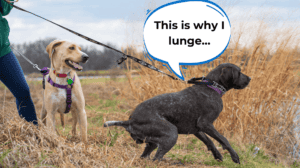
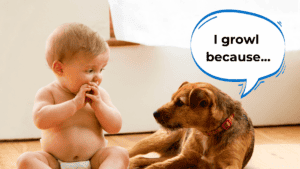
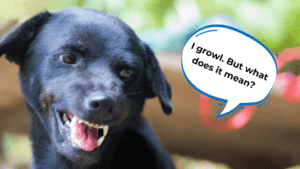

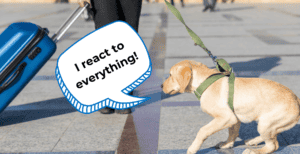
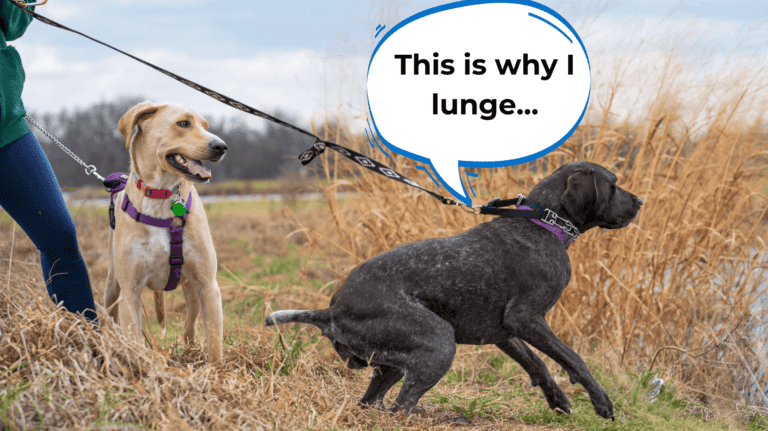
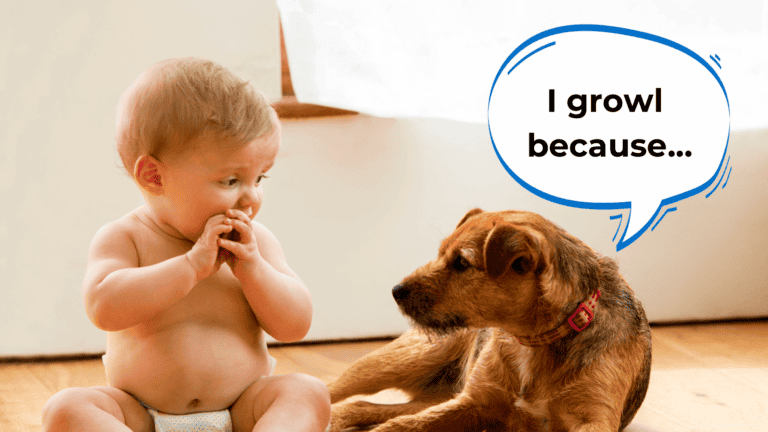
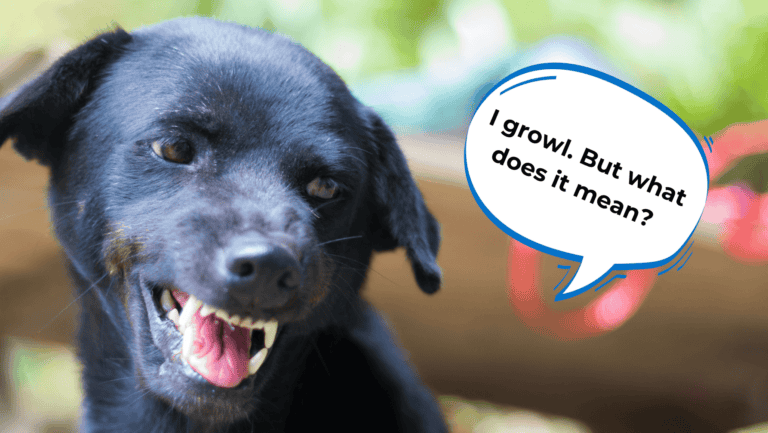

10 Responses
I have a 20kg dog and he knows when I stand up and take his collar he is going to time out, and he resists, sometimes so much that I can’t move him… How do I get him to time out ?
If all else fails tie him to the nearest thing and all the humans go into a bedroom or similar.
For future reference unfortunately I cannot respond to every training question however, if you sign up for the Complete Pack, there’s a forum within the program, which is the best place to post these questions. Our very experienced trainer Hayley will then give you a detailed response. Theres also a lot more training content within. You can get in touch with the help desk to find out more. Cheers Dan
When my puppy goes berserk seeing another dog and I have her on the shortest leash, she literally chokes herself rather than calm down. The pulling scenario re: changing direction towards the puppy; the puppy is already way ahead of you which is why you are doing this in the first place so you have to get it close enough to your side to make the turn which involves pulling or applying a correction with the lead. I either step on her or she leaps in the air to avoid me and she is still super distracted even when I try the freeze technique.
Check out my “Pull No More” program at the website https://theonlinedogtrainer.com
I am so appreciative of the short concise emails Dan sends to keep those that signed up for his course on track.
Any room that I use for a time out ends up with somerhing cheeed or scratched doors. That’s exchanging one bad behaviour for another.
Hi Patty,
Temporarily attaching a thin piece of plywood, or cardboard, to the bottom of your door is a great way to avoid this. Doge generally only scratch at the door when Time-Out is first introduced. Once they work out that the scratching/barking/whining will not see them freed from Time-Out….only silence will…..then they do stop scratching at the door. You can then remove the plywood/cardboard….and your door will be intact! All the Best, Doggy Dan
If the scratching only took place at the bottom that solution might work. My 8-month-old puppy can stretch to almost 6 ft. so the entire door, walls or anything else she can reach is in danger. I use her crate but that’s no real hardship as she likes it. FYI plywood or cardboard she will chew on without hesitation.
Great idea and definitely works – but what happens if the naughty behaviour occurs when you are out on a walk? How do you implement the ‘Time out’ principle then?
Hi Lorraine,
There are other ways that you can give a consequence for unwanted behaviour when you are on a walk…..all calm and passive! Firstly, you could use a Calm Freeze. Secondly, you could use stop, start, change direction (SSCD). My website TheOnlineDogTrainer.com shows you very clearly how to use them both, maybe take a quick look! All the best, Doggy Dan